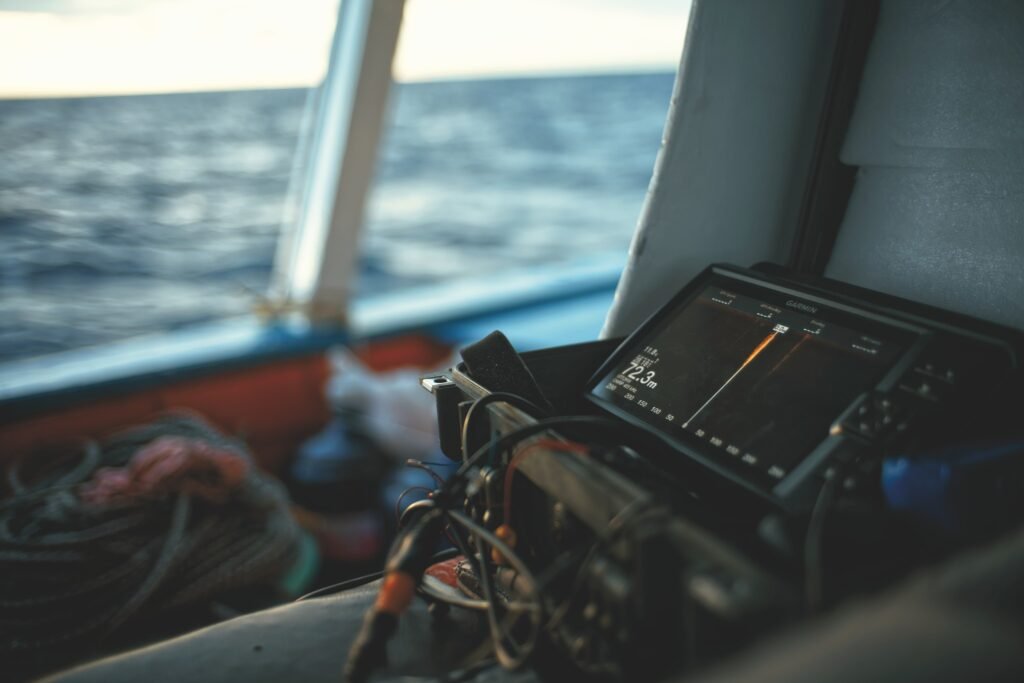
Exploring the Pak1 Wreck: An Entry-Level Expedition
Join us as we explore the Pak1 wreck, a perfect site for entry-level technical diving at depths ranging from 34 to 42 meters. This expedition not only uncovered the mysteries of this well-preserved wreck but also served as a training ground for divers completing their ART and Trimix certifications. With diverse equipment setups and a dynamic team, this wreck dive provided both a thrilling experience and a valuable learning opportunity. Read more about our journey into the depths!









